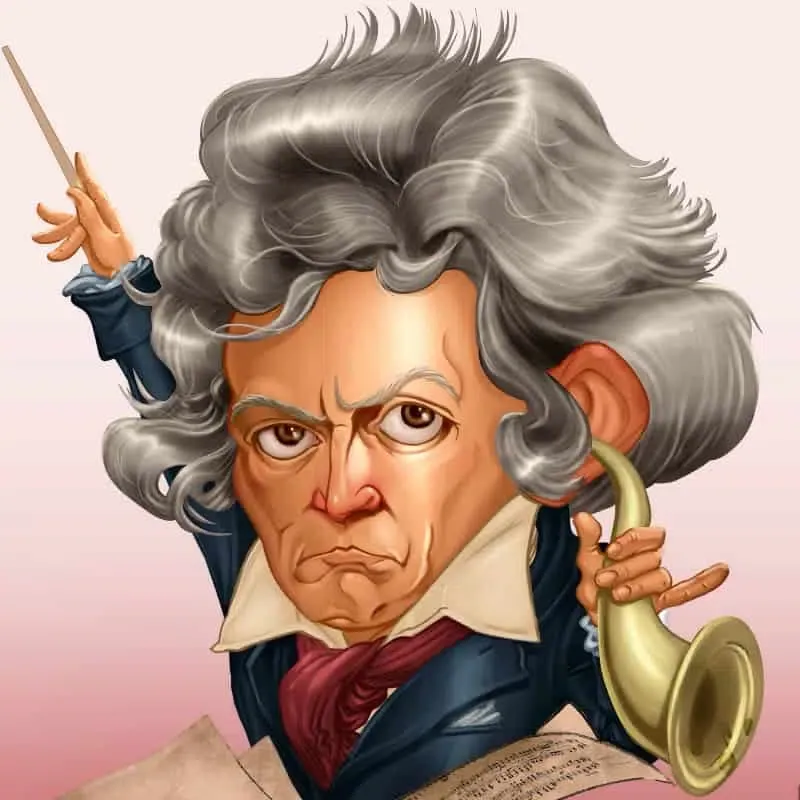
Beethoven med mere.II
EINZELTICKETS All-inclusive-Festival-Ticket KR. 700,-
Sønderho Church, Fanø. Wednesday 30th July 2025 at 7.30 pm
Beethoven: String Trio in E-flat Major, Op. 3,
Joseph Haydn: Baryton Trio for Viola, Cello and Bassoon
Beethoven’s first substantial piece for strings alone was not a string quartet. This seems to have been a deliberate plan on his part – just as it was to begin his published output with three piano trios. By doing this he was utilising forms not already comprehensively updated by Haydn and Mozart, giving himself some room for innovation and relieving some of the pressure he undoubtedly experienced on moving to Vienna.
Although Mozart barely used the string trio, his one major work, the Divertimento in E flat major K563, an acknowledged masterpiece, is the stimulus for this piece. Aside from residing in the same key of E flat major, Beethoven’s work also has six movements, with dance forms used, ‘of the serenade type’, as Daniel Heartz notes – not to mention a slow movement in the key of A flat major, again following Mozart’s lead. Beethoven’s innovation is to push the trio’s capabilities even further, with full bodied writing often taking the piece beyond three and even four parts with the use of double stopping (the players using more than one string simultaneously).
Beethoven: String Trio in E-flat Major, Op. 3
I. Allegro con brio
II. Andante
III. Menuetto: Allegretto
IV. Adagio
V. Menuetto: Moderato
VI. Finale
Joseph Haydn: Baryton Trio for Viola, Cello and Bassoon
While adhering to Classical forms, Beethoven imbues the trio with his emerging compositional voice, evident in the dynamic contrasts, thematic development, and interplay among the instruments. The work showcases his ability to balance structural clarity with expressive depth.Beethoven med mere
Tim Crawford - Geige, Michel Camille - Bratsche, Philip Skye Graham - Cello, Antti Salovaara – bassoon